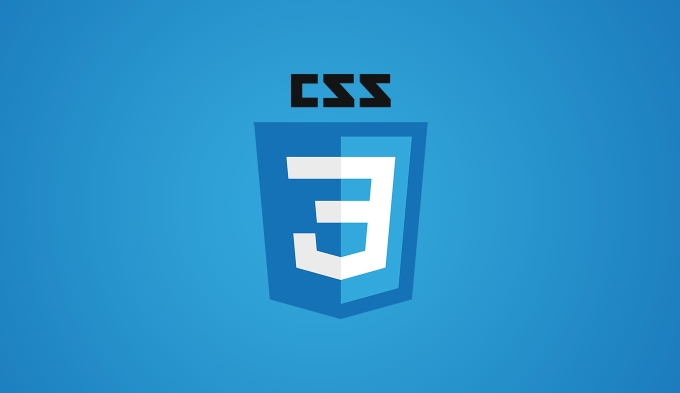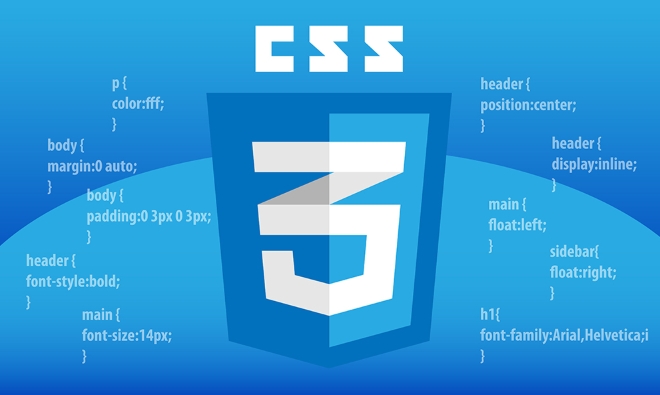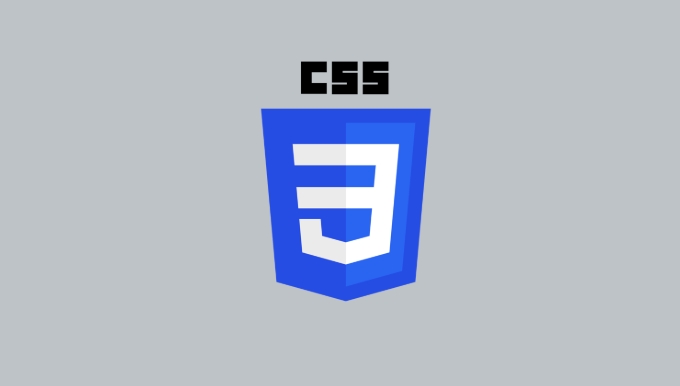The main difference between CSS Reset and CSS Normalize is that the strategies for handling browser default styles are different. CSS Reset provides a blank starting point by removing all default styles, and commonly used global selectors such as * or body to clear margins, fills, etc.; while Normalize.css achieves cross-browser consistency through targeted repairs, retains useful default styles and corrects specific problems. Use CSS Reset to suit highly customized design systems, prefer scenarios that start from scratch, or combine with tool-first frameworks such as Tailwind CSS; while Normalize is more suitable for projects that value development efficiency and want to retain the advantages of browser default styles, especially for responsive websites and scenarios that require modern HTML5 elements to support. Both have their own advantages and disadvantages, and the choice depends on the requirements for the degree of control and the specific requirements of the project.

When you're setting up a new project and want consistent styling across browsers, two common approaches pop up: CSS Reset and CSS Normalize. Both aim to make your life easier by handling browser inconsistencies, but they do it in different ways. Here's how they different and when to choose one over the other.

What's the Core Difference?
The main difference lies in their approach to dealing with default browser styles. A CSS Reset tries to remove all built-in browser styleling so you start from a blank slate. It often uses broad selectors like * or body to strip margins, paddings, borders, and more.

On the flip side, Normalize.css doesn't erase everything. Instead, it makes elements render consistently across browsers by targeting specific inconsistencies and applying targeted fixes. So instead of wiping out defaults, it smooths them out.
If you want full control and don't mind rebuilding common element styles from scratch, Reset might feel more predictable. If you'd rather preserve useful defaults and only tweak what needs fixing, Normalize is probably your go-to.

When to Use a CSS Reset
You might lean towards a CSS Reset if:
- You're building a highly customized design system where default browser behavior could interfere.
- You prefer starting with zero assumptions about how elements should look.
- You use a utility-first framework like Tailwind CSS, which already handles most styling for you.
Some developers like resets because they eliminate surprises — for example, knowing that every heading will be the same font size unless explicitly set.
A simple reset might look like this:
* {
margin: 0;
padding: 0;
box-sizing: border-box;
}That alone can prevent many cross-browser quirks.
But keep in mind: resetting too much can mean extra work later. For instance, after a full reset, even <em></em> or <strong></strong> lose any default styling, so you'll have to reapply those manually.
When Normalize.css Makes More Sense
Normalize.css works well when you want to keep some of the browser's helpful defaults while ironing out inconsistencies. It's especially handy for:
- Projects where development speed matters.
- Teams that don't want to reinvent basic typography rules.
- Responsive sites that benefit from modern defaults (like HTML5 element styling).
Normalize does things like:
- Making sure
<sup></sup>and<sub></sub>behave the same everywhere. - Fixing alignment issues on form controls.
- Ensuring consistent link underlines across browsers.
It's also modular, meaning you can pick and choose which parts you need if you want to trim it down.
One thing to note: Normalize doesn't clear margins or paddings globally, so if you're used to resets, you might still see small differences between elements unless you add your own base styles.
Practical Tips for Choosing
Here are a few practical suggestions to help decide:
- If you're using a modern CSS framework (like Bootstrap or Foundation), it likely includes Normalize or its own version, so adding another reset might be redundant.
- If you're writing custom CSS from scratch and want total control, start with a reset — but consider a minimum one to avoid overkill.
- For general websites or apps where consistency without total style erasure is important, go with Normalize.
- Don't forget to test: even with Normalize or a Reset, some edge cases may still require manual tweaks.
Also, remember that both approaches are optional. Some developers skip both and write their own base styles tailored to their project needs — which can be even more effective once you know what to target.
So, basically, it comes down to whether you want to wipe the slate clean or just smooth out the rough edges. Neither is strictly better — it depends on your workflow and how much control you want from the start.
The above is the detailed content of Comparing CSS Reset and CSS Normalize approaches. For more information, please follow other related articles on the PHP Chinese website!

Hot AI Tools

Undress AI Tool
Undress images for free

Undresser.AI Undress
AI-powered app for creating realistic nude photos

AI Clothes Remover
Online AI tool for removing clothes from photos.

Clothoff.io
AI clothes remover

Video Face Swap
Swap faces in any video effortlessly with our completely free AI face swap tool!

Hot Article

Hot Tools

Notepad++7.3.1
Easy-to-use and free code editor

SublimeText3 Chinese version
Chinese version, very easy to use

Zend Studio 13.0.1
Powerful PHP integrated development environment

Dreamweaver CS6
Visual web development tools

SublimeText3 Mac version
God-level code editing software (SublimeText3)

Hot Topics
 How can I include CSS only on some pages?
Jun 11, 2025 am 12:01 AM
How can I include CSS only on some pages?
Jun 11, 2025 am 12:01 AM
There are three ways to selectively include CSS on a specific page: 1. Inline CSS, suitable for pages that are not frequently accessed or require unique styles; 2. Load external CSS files using JavaScript conditions, suitable for situations where flexibility is required; 3. Containment on the server side, suitable for scenarios using server-side languages. This approach can optimize website performance and maintainability, but requires balance of modularity and performance.
 Flexbox vs Grid: Understanding the Key Differences in CSS Layout
Jun 10, 2025 am 12:03 AM
Flexbox vs Grid: Understanding the Key Differences in CSS Layout
Jun 10, 2025 am 12:03 AM
Flexboxisidealforone-dimensionallayouts,whileGridsuitstwo-dimensional,complexlayouts.UseFlexboxforaligningitemsinasingleaxisandGridforprecisecontroloverrowsandcolumnsinintricatedesigns.
 Creating an Auto-Closing Notification With an HTML Popover
Jun 10, 2025 am 09:45 AM
Creating an Auto-Closing Notification With an HTML Popover
Jun 10, 2025 am 09:45 AM
The HTML popover attribute transforms elements into top-layer elements that can be opened and closed with a button or JavaScript. Popovers can be dismissed a number of ways, but there is no option to auto-close them. Preethi has a technique you can u
 What is 'render-blocking CSS'?
Jun 24, 2025 am 12:42 AM
What is 'render-blocking CSS'?
Jun 24, 2025 am 12:42 AM
CSS blocks page rendering because browsers view inline and external CSS as key resources by default, especially with imported stylesheets, header large amounts of inline CSS, and unoptimized media query styles. 1. Extract critical CSS and embed it into HTML; 2. Delay loading non-critical CSS through JavaScript; 3. Use media attributes to optimize loading such as print styles; 4. Compress and merge CSS to reduce requests. It is recommended to use tools to extract key CSS, combine rel="preload" asynchronous loading, and use media delayed loading reasonably to avoid excessive splitting and complex script control.
 How to use Lotties in Figma
Jun 14, 2025 am 10:17 AM
How to use Lotties in Figma
Jun 14, 2025 am 10:17 AM
In the following tutorial, I will show you how to create Lottie animations in Figma. We'll use two colorful designs to exmplify how you can animate in Figma, and then I'll show you how to go from Figma to Lottie animations. All you need is a free Fig
 Breaking Boundaries: Building a Tangram Puzzle With (S)CSS
Jun 13, 2025 am 11:33 AM
Breaking Boundaries: Building a Tangram Puzzle With (S)CSS
Jun 13, 2025 am 11:33 AM
We put it to the test and it turns out Sass can replace JavaScript, at least when it comes to low-level logic and puzzle behavior. With nothing but maps, mixins, functions, and a whole lot of math, we managed to bring our Tangram puzzle to life, no J
 External vs. Internal CSS: What's the Best Approach?
Jun 20, 2025 am 12:45 AM
External vs. Internal CSS: What's the Best Approach?
Jun 20, 2025 am 12:45 AM
ThebestapproachforCSSdependsontheproject'sspecificneeds.Forlargerprojects,externalCSSisbetterduetomaintainabilityandreusability;forsmallerprojectsorsingle-pageapplications,internalCSSmightbemoresuitable.It'scrucialtobalanceprojectsize,performanceneed
 Does my CSS must be on lower case?
Jun 19, 2025 am 12:29 AM
Does my CSS must be on lower case?
Jun 19, 2025 am 12:29 AM
No,CSSdoesnothavetobeinlowercase.However,usinglowercaseisrecommendedfor:1)Consistencyandreadability,2)Avoidingerrorsinrelatedtechnologies,3)Potentialperformancebenefits,and4)Improvedcollaborationwithinteams.






